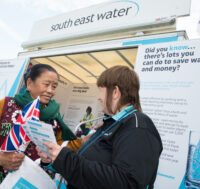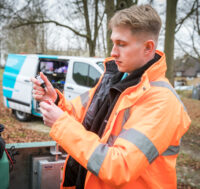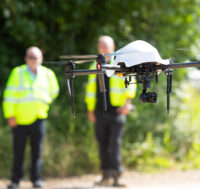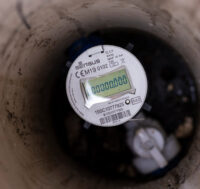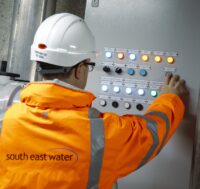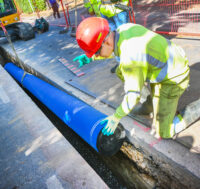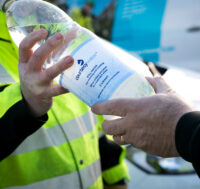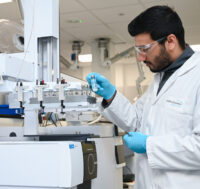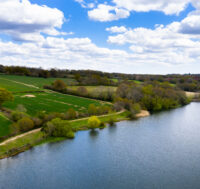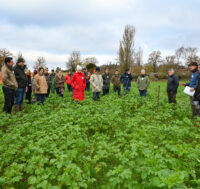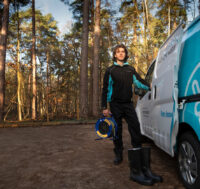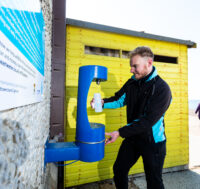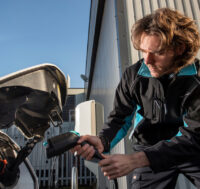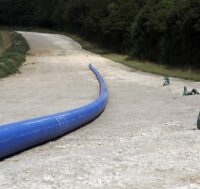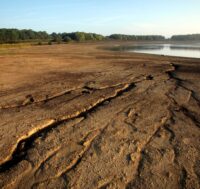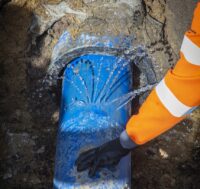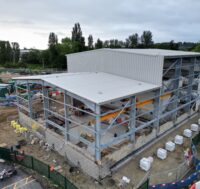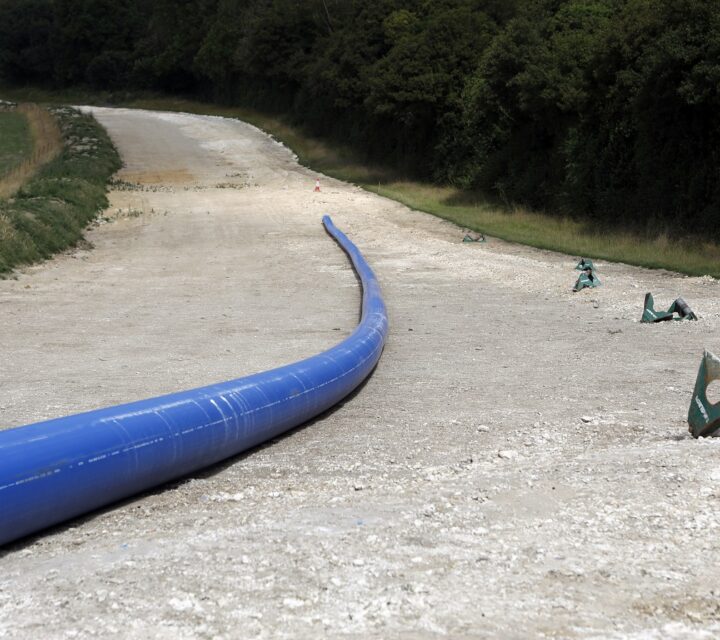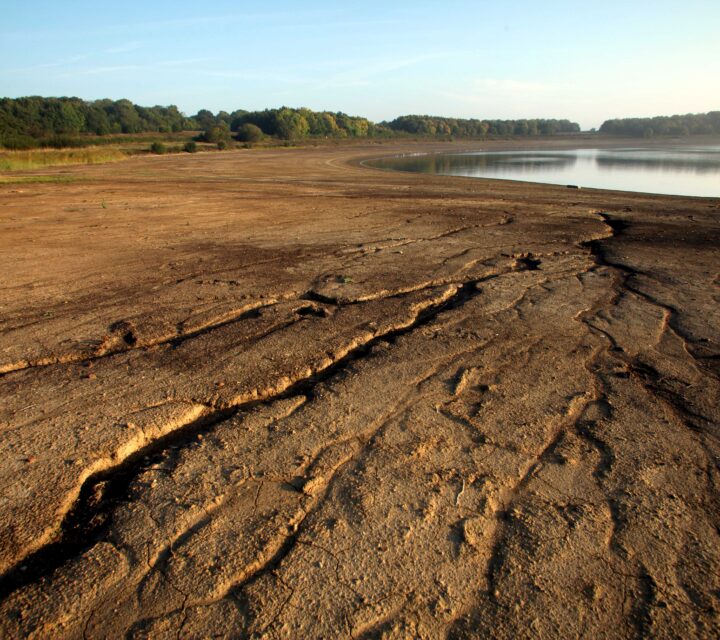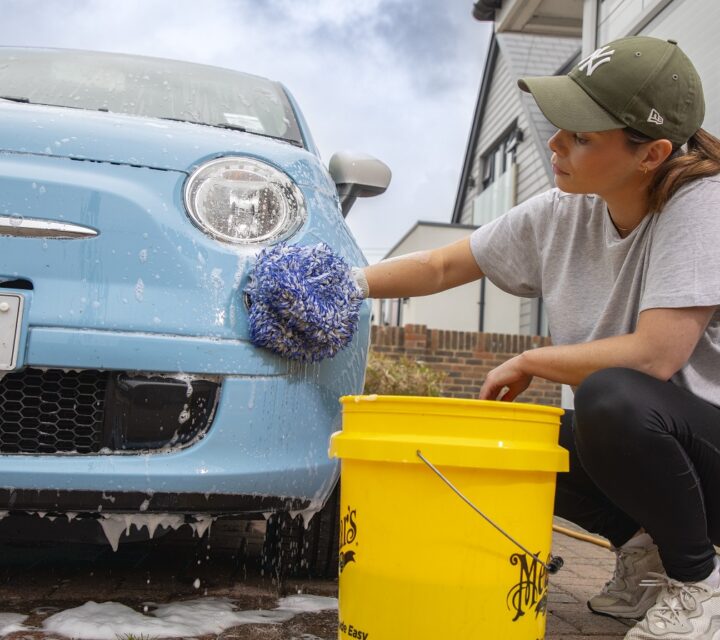Introduction by Nick Price, Head of Water Resources
A resilient and sustainable water supply is more important than ever due to the challenges of population growth, climate change and the need to protect and enhance our natural environment.
We are delighted that the Secretary of State approved our Water Resources Management Plan 2024 (WRMP24) before we published the plan in October. This details how we’ll provide a reliable and resilient water supply over the next 50 years by investing in new infrastructure, reducing leakage and encouraging water efficiency. Adequate funding for our PR24 business plan is vital to achieve the WRMP24’s stretching targets.
Preparatory work for the Broad Oak Water scheme, near Canterbury is under way and we will carry out further feasibility studies on a New Arlington reservoir option in East Sussex to find the best solution. We discussed our strategy for this part of Sussex with regulators and stakeholders during a workshop at Newhaven in October.
We continue to liaise closely with Water Resources South East to ensure our WRMP24 aligns with the regional plan. Stakeholder engagement and technical work has already started as part of the planning for our next draft plan (dWRMP29).
On the supply side, work is nearing completion on our new resource at the Butler Water Treatment Works near Maidstone. We are improving resilience by ensuring our existing sources, such as Coggins Mill Water Treatment Works in Sussex, are optimising their outputs.
We’re doing everything we can to protect our existing groundwater sources from pollution. A rise in nitrates caused by the impacts of climate change (heavy rainfall/very wet winters) and land management practices can affect water quality in some areas. Our Environment team is working with landowners to protect groundwater quality via our award-winning catchment management programme.
Reducing leakage is a high priority for us and our customers. During the year we’ve continued to find and fix leaks across our network to protect water supplies and make them resilient for the future.
At the start of the 2020-2025 business period, our leakage performance was in a strong position. However, the performance has been impacted in recent years by extreme weather events, and is still recovering. Nevertheless, we have repaired 18,214 network leaks during 2024/2025 – an increase of 12 per cent on the three-year average – and repaired 4,561 customer-side leaks.
As part of our leakage recovery strategy, we are increasing the number of staff out finding and fixing leaks, and we’ve invested in new leak detection technology and systems to improve the visibility of our pipeline network. We work with industry-leading specialists in leakage identification and management to continually improve our data for better leak repair and prioritisation.
Satellite technology and no-dig repairs are two ways we’re using innovation to find and fix leaks while minimising interruptions to customer supplies. We’re also starting to use fibre optic cable networks to identify leaks and we’re collaborating with industry partners on a new National Leakage Research and Test Centre where new technologies can be developed and tested out without disrupting customers’ supplies or affecting water quality
Helping customers to use less water is another priority to secure the future of water. We arrange audits in customers’ homes and in businesses to find leaks and provide water efficiency advice. We also engage with schools to raise awareness of water efficiency
Our key measures








